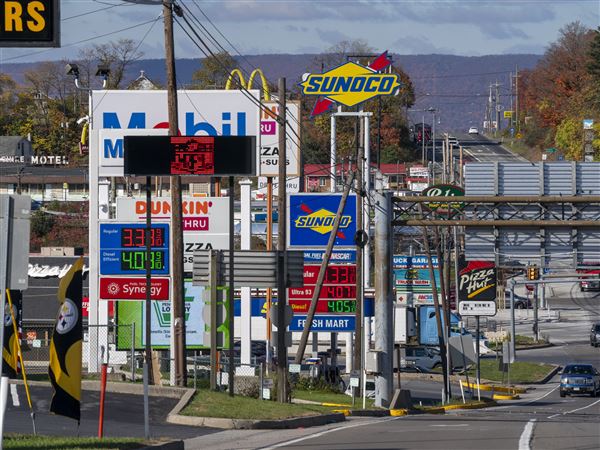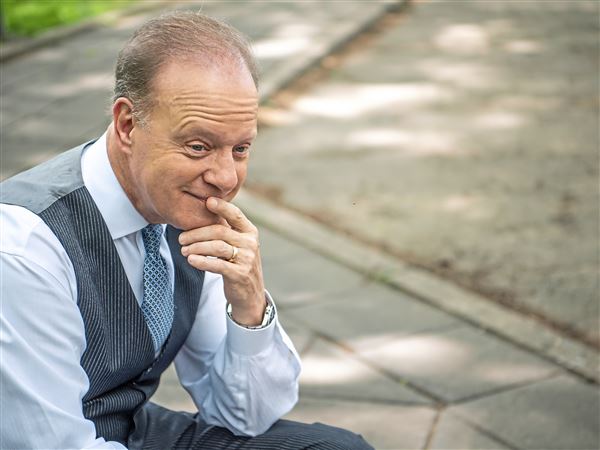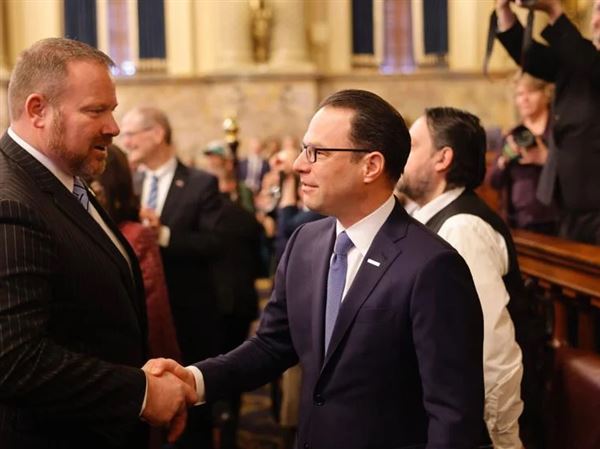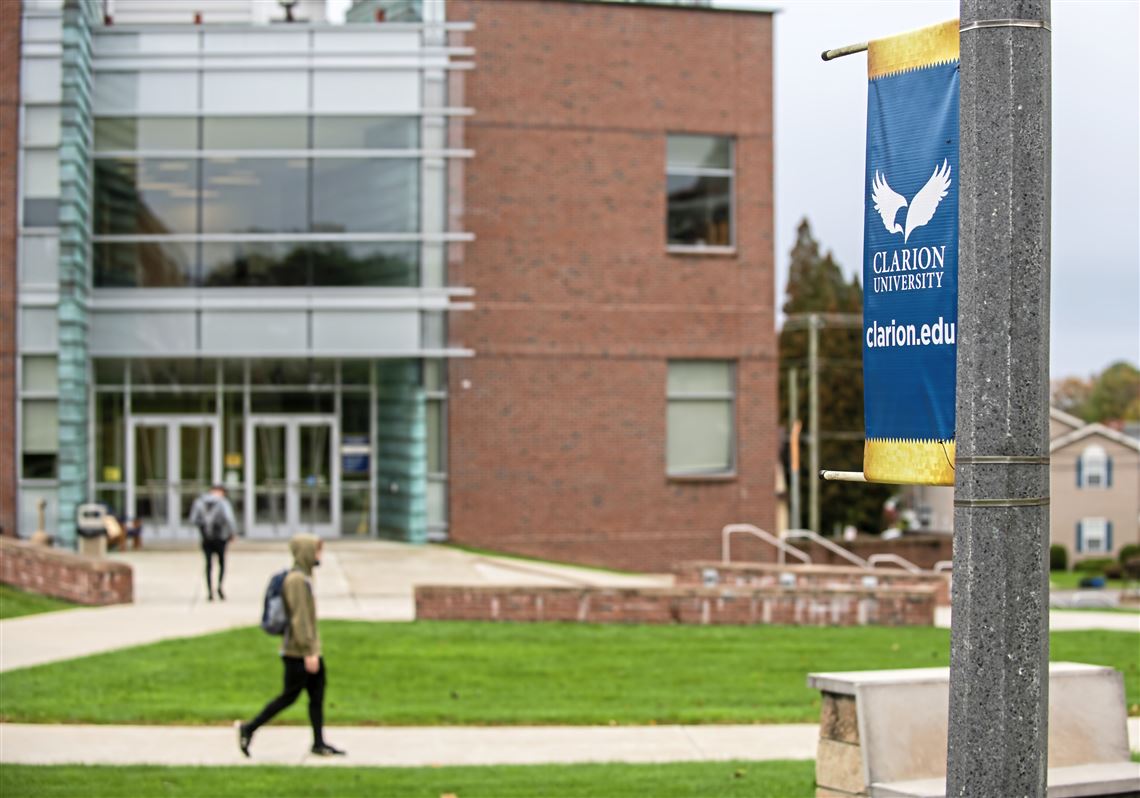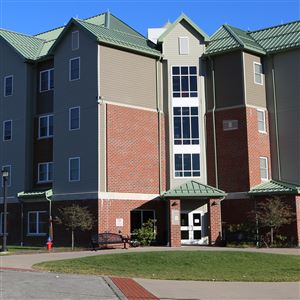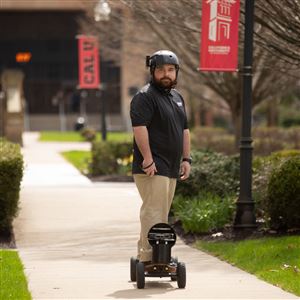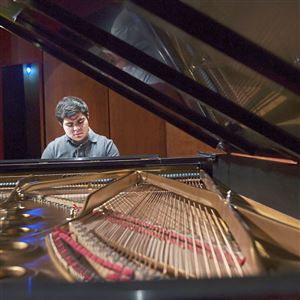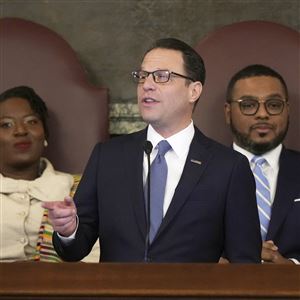Tens of thousands of students attending Pennsylvania's 14 state-owned universities will see no tuition increase this fall for a fourth consecutive year.
The State System of Higher Education board of governors Thursday approved a freeze across the 89,000-student system that is unprecedented in its history, locking in rates that have been in place since 2018-19. Students will continue to pay $7,716 in base tuition for 2022-23, and the technology fee will also remain unchanged a $478.
Much of what students pay on those campuses is for non-tuition costs including room and board, but officials at some locations also have held those rates relatively steady of late, hoping to more fully regain a price advantage the State System enjoyed closer to its founding in 1983. That eroded over the last two decades as the system built new dwellings and other structures to better compete for students in a state that trails most its peers in higher education support.
East Stroudsburg University and Indiana University of Pennsylvania also returned to a flat fee for full-time students. In the case of IUP, officials say it could cut costs by 20%
The latest freeze comes as the State System is asking the Legislature for a historic boost in funding, from $477 million to $552 million, as well as funds targeted to system redesign and additional student aid.
State System Chancellor Daniel Greenstein said system employees have held up their end of the bargain with the state, pursuing a system redesign that has cut workforce, reimagined programs and merged six of the 14 campuses. The system has already surrendered upward of $63 million by holding tuition steady, and the board and university presidents debated Thursday the upsides and drawbacks of yet another freeze.
In the end, though, the board’s vote was unanimous and came as the state appropriation request for the fiscal year starting July 1 is still before the Legislature.
“It is an act of faith,” Mr. Greenstein said. “It is an act of faith in our owners, the General Assembly.”
Mr. Greenstein also said of the system’s relationship with the state and the requested boost in appropriation: "We’ll do everything we can do for our part of the partnership. We’re asking our partners to do this. And we’re currently in that discussion."
Legislation creating the State System from 14 teachers colleges envisioned a system ensuring a quality education at the lowest possible price. Mr. Greenstein and others have called the austerity moves part of a drive to reinvigorate that pledge to low- and middle-income students.
Six of its 14 universities are due to become two this fall under controversial mergers.
California, Clarion and Edinboro in the west and Bloomsburg, Lock Haven and Mansfield in the northeast are due to enroll in their first classes in August, under the name Pennsylvania West and Commonwealth University of Pennsylvania, respectively. They received a green light from accreditors and could hear this month from the NCAA about whether the merged campuses can maintain a full array of athletics on each campus.
Mr. Greenstein said he is entering the state appropriation process confident the system has moved the conversation beyond paring costs to what kind of university system Pennsylvania wants. At Thursday’s meeting, the board also gave a green light to selling two Edinboro dorms as part of a plan to reduce the campus inventory of unused rooms.
Officials have said various uses consistent with Edinboro’s mission will be looked at for the buildings, both built in 2011 as part of a wave of new campus housing as the system’s enrollment, nearly 120,000 students in 2010, began a precipitous decline.
In addition to IUP, East Stroudsburg and the six campuses being merged, the State System include Cheyney, Kutztown, Millersville, Shippensburg, Slippery Rock and West Chester universities.
Jamie Martin, president of the Association of Pennsylvania State College and University Faculties, warned in her remarks to the board that workforce reductions, growing class sizes and confusion and frustration involved in system redesign and mergers are taking their toll on her 5,000 faculty and coaches.
“On several campuses, morale is at an all-time low; faculty are overworked; and on most campuses — and, more problematic — I am seeing faculty begin to disengage,” she said.
Nearly 9 in 10 students systemwide are Pennsylvanians, and among them, 78% are working in the state three years after earning their degree, according to State System data. That and the system’s standing as the least-expensive public university option in the commonwealth have been cited by administrators and faculty repeatedly in pointing out the State System’s special role in this state.
But Mr. Greenstein said with inflation now hovering around 8%, the system cannot hold the line indefinitely and could have to revisit its tuition decision without the sought-after funding increase.
“We cannot keep doing this. We cannot continue to act as if we were a public system without the level of investments that public systems enjoy,” he said. “It isn’t possible. It is not financially viable. And frankly, it isn’t right.”
Bill Schackner: bschackner@post-gazette.com, 412-263-1977 and on Twitter @Bschackner
First Published: April 14, 2022, 3:45 p.m.
Updated: April 14, 2022, 3:58 p.m.
